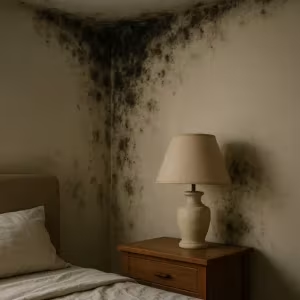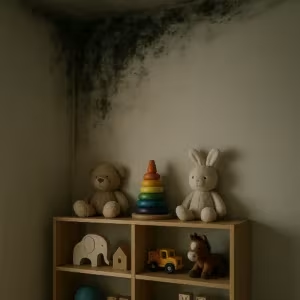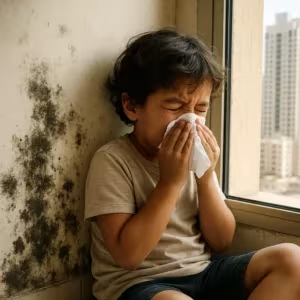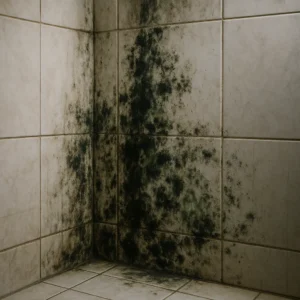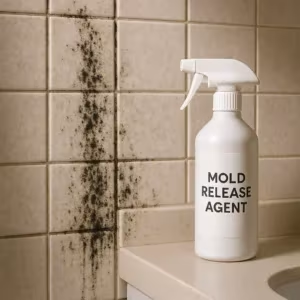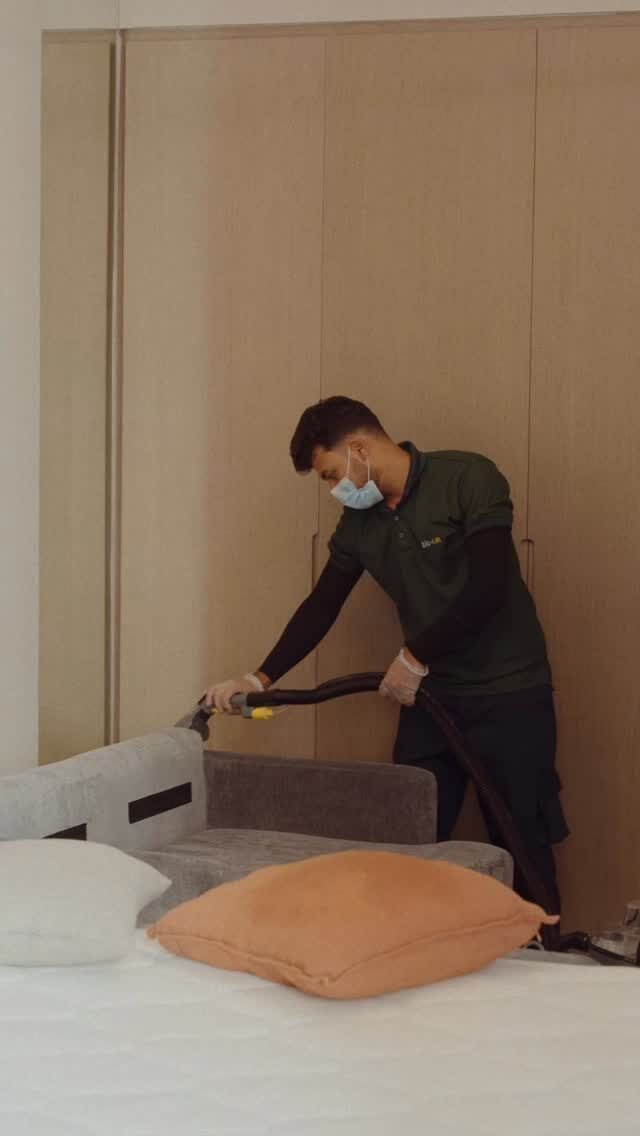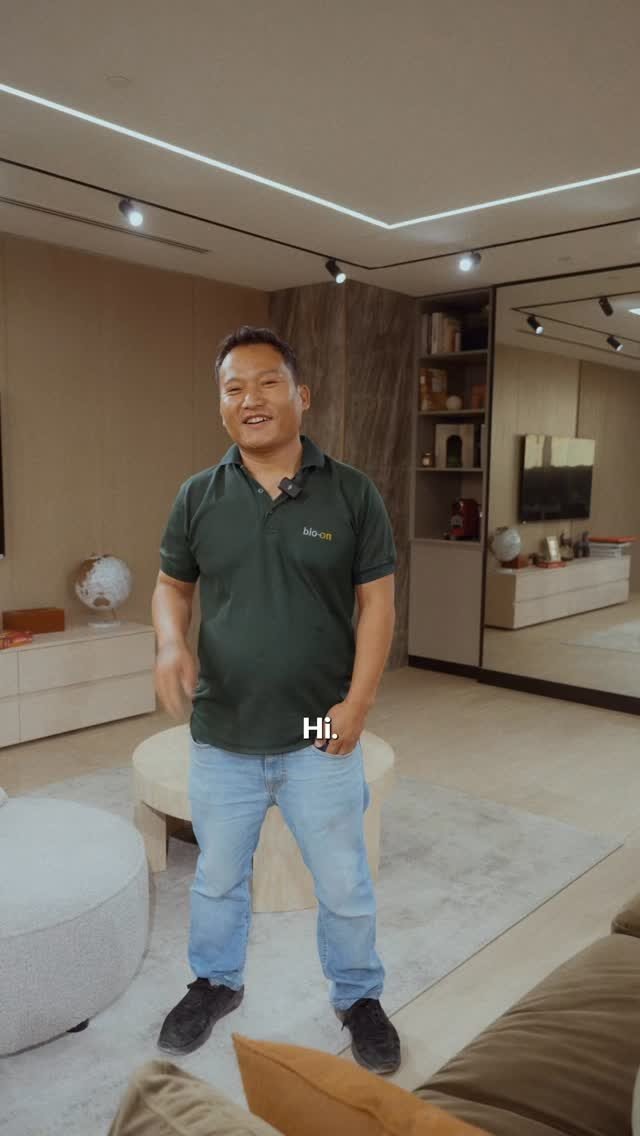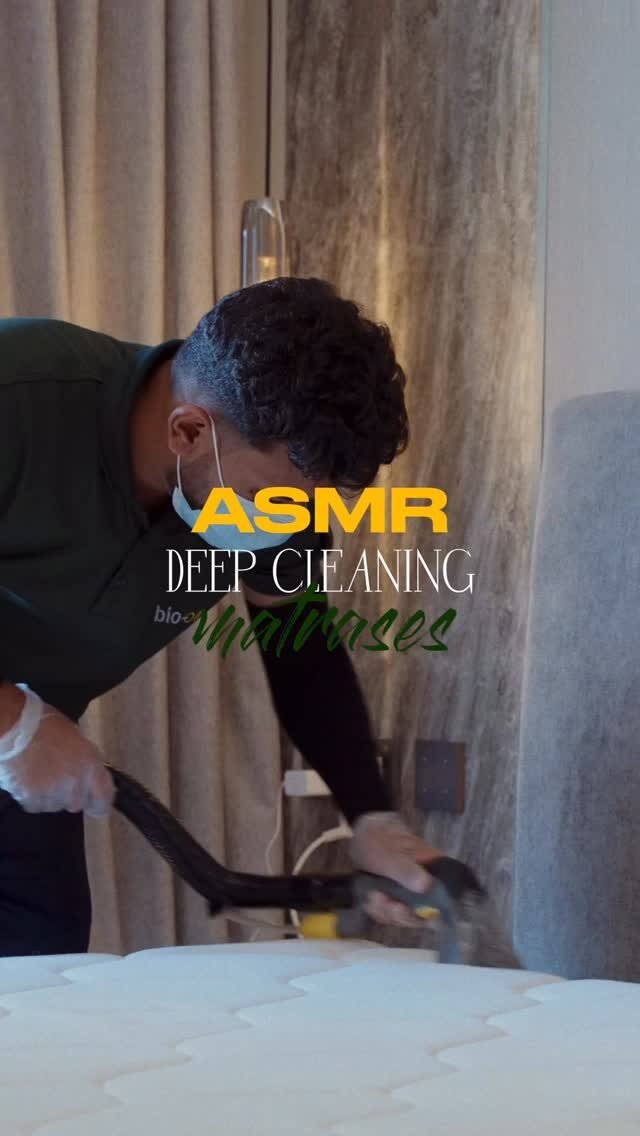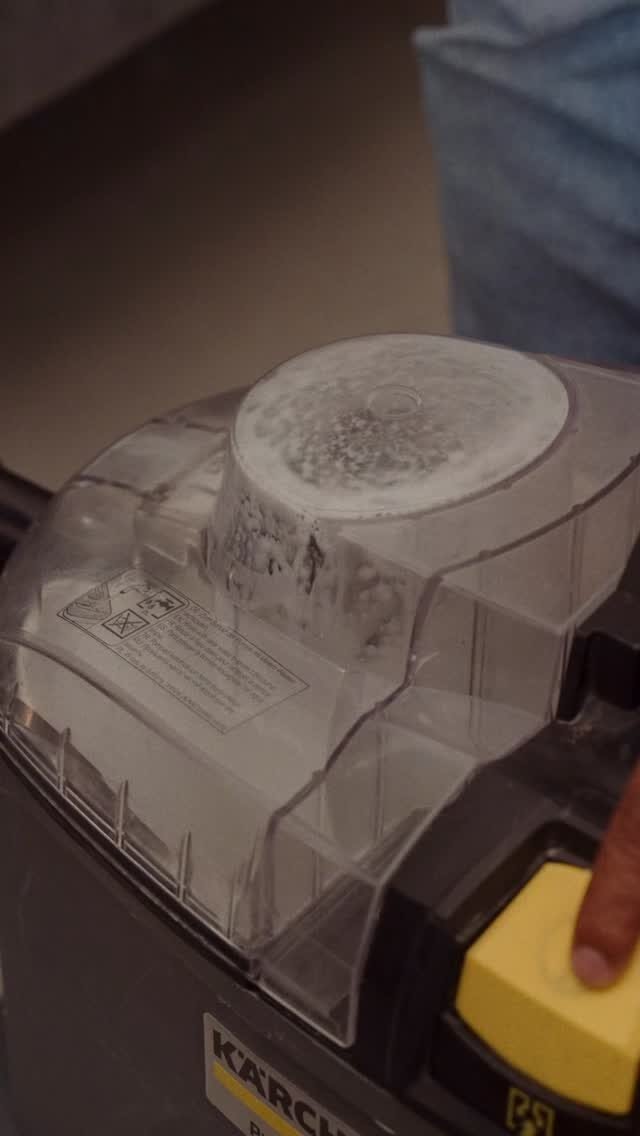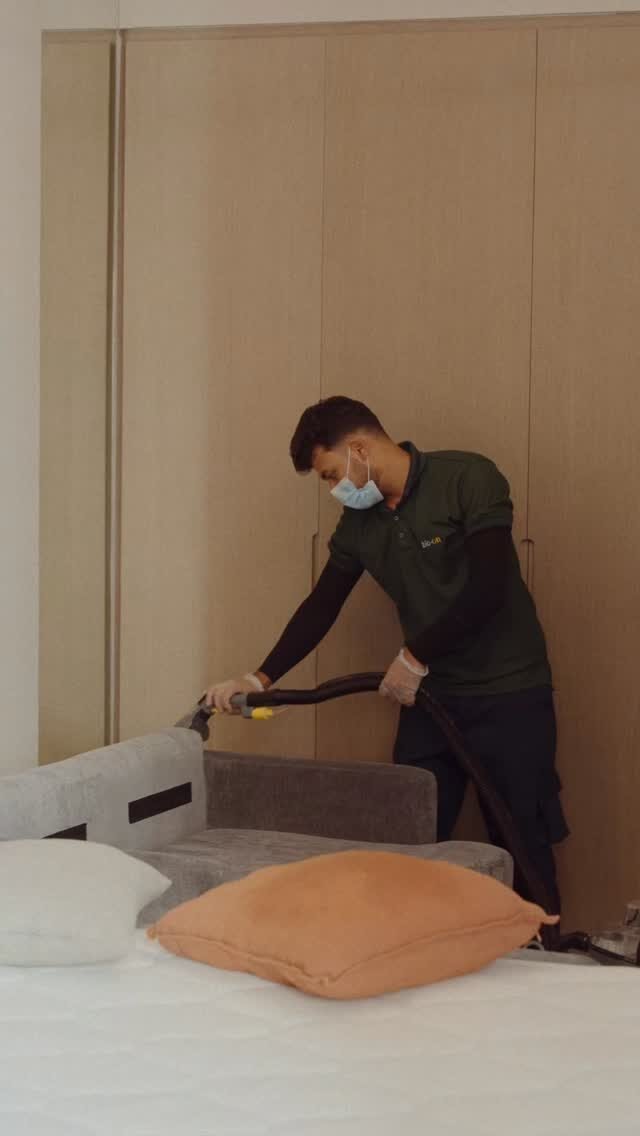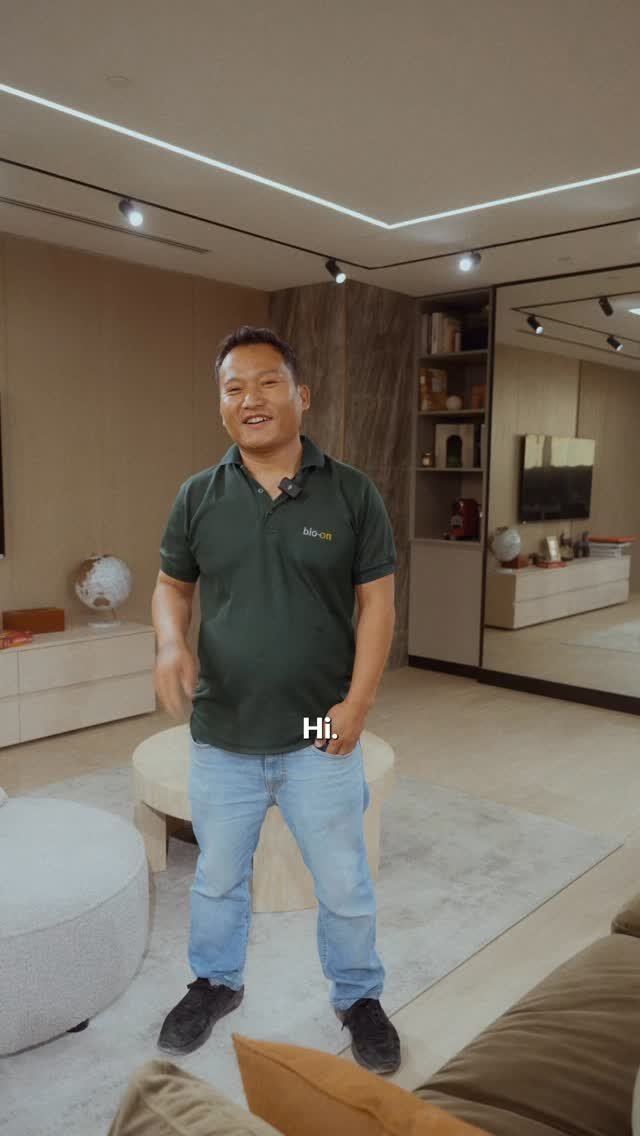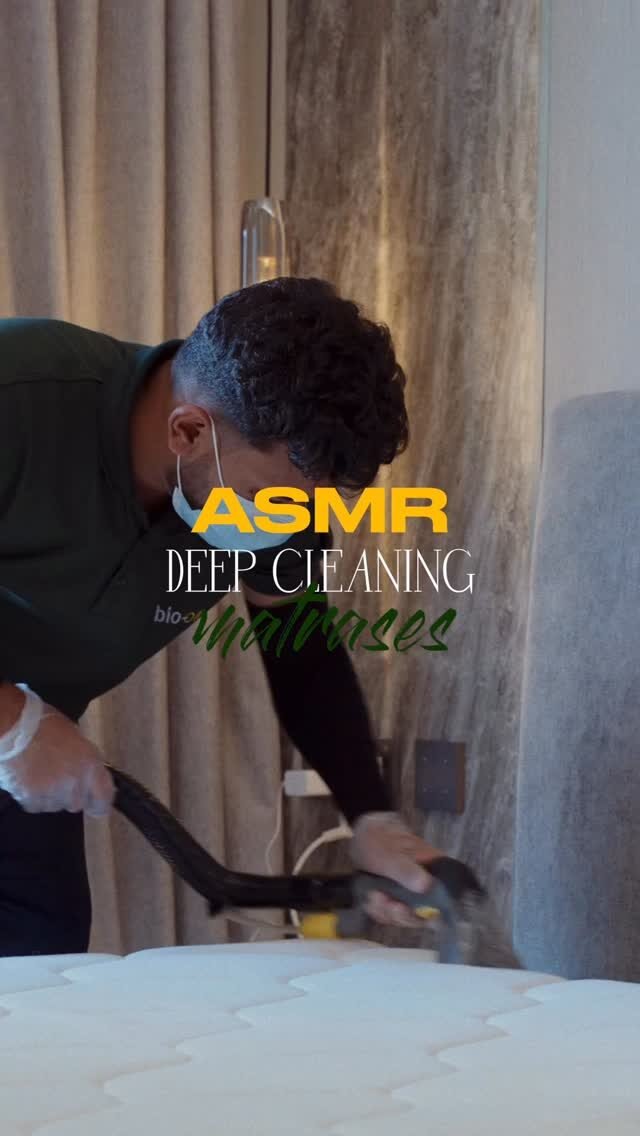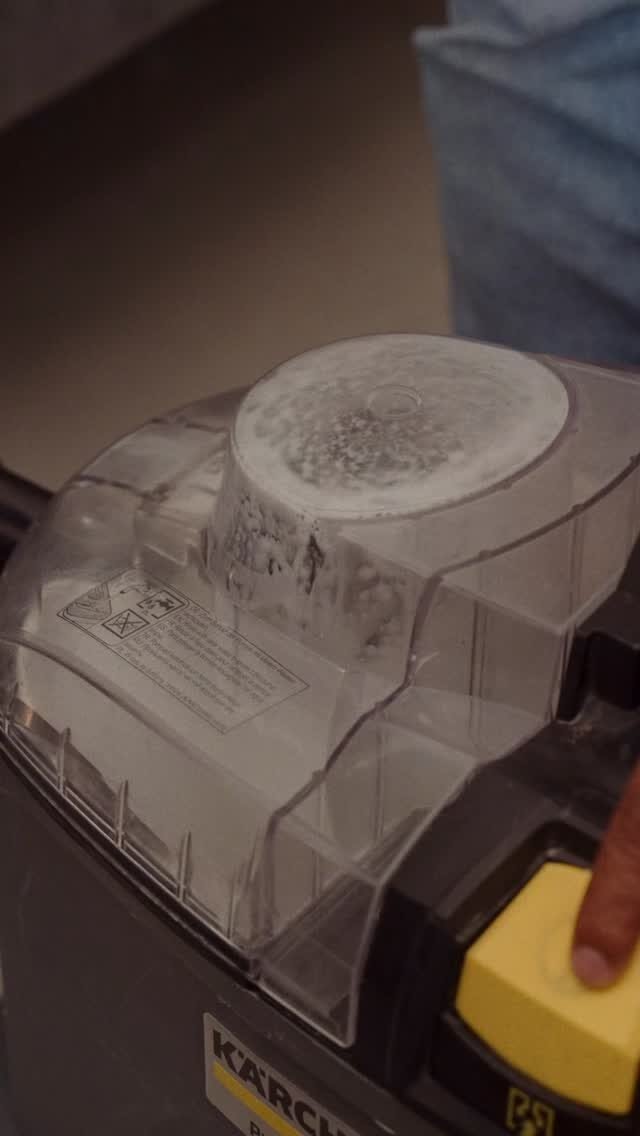Dubai is known for its iconic skyline, sunny weather, and luxury living—but behind closed doors, many homes are quietly dealing with an uninvited guest: mold. While the outside climate is dry and desert-like, the inside of villas, apartments, and offices can become perfect breeding grounds for mold due to constant air conditioning, poor airflow, and hidden moisture. If you’ve ever noticed a musty smell in your closet or black spots near your AC vents, you’re not alone. Mold is a real issue in Dubai, and it’s something that you shouldn’t ignore. In this article, we answer some of the most common questions people ask about mold in Dubai—so you’ll know what to look for, what to do, and how to stay safe.
Table of Contents
Toggle1. Is Mold Really a Problem in Dubai?
You might be surprised, but yes—mold is a common issue in many Dubai homes and buildings. While Dubai’s outdoor environment is dry and hot, the interior of modern buildings often tells a different story. The widespread use of air conditioning systems creates constant temperature differences, leading to condensation buildup inside walls, around ducts, and behind furniture. That trapped moisture, combined with limited ventilation in tightly sealed spaces, makes mold growth almost inevitable over time.
Many residents don’t realize mold is forming until it’s already a problem. It often starts small—perhaps a faint smell in a bedroom or tiny black dots on a bathroom ceiling—but without attention, it spreads. Apartments near the beach, older villas, and units with previous leaks are particularly vulnerable. Add to that the fact that some buildings cut corners with waterproofing or maintenance, and you’ve got the perfect mold recipe.
Whether you’re living in a luxury high-rise in Dubai Marina or a quiet villa in Mirdif, mold can still find its way in. The good news? Once you know what to look for, you can catch it early and take steps to fix it—before it turns into a health or property damage nightmare.
2. What Are the Signs of Mold Sickness?
Mold isn’t just an eyesore—it can also be harmful to your health. In many cases, people live with mold for months without realizing it’s the reason they feel unwell. The symptoms often mimic allergies or the common cold, making it easy to overlook the true cause. If you or your family often experience sneezing, coughing, itchy eyes, nasal congestion, or frequent headaches while at home, mold could be playing a role.
More serious signs include skin rashes, shortness of breath, fatigue, or worsening asthma. Some people even develop recurring sinus infections or feel foggy-headed when spending time indoors. These symptoms often improve once they leave the house—another clue that the indoor environment might be the problem.
Children, seniors, and individuals with respiratory conditions are more vulnerable to mold-related illnesses. And in severe cases, long-term mold exposure can weaken the immune system and lead to chronic respiratory problems. That’s why early detection and prompt removal are essential—not just to protect your property, but your wellbeing too.
3. How Much Does Mold Removal Cost in Dubai?
The cost of mold removal in Dubai varies depending on how severe the problem is, the size of the affected area, and how accessible the mold is. For example, if you’ve only got a small patch near a window or bathroom corner, the price might range from AED 400 to AED 600. But if the mold has spread behind walls, into ducts, or across multiple rooms, the job becomes more complex—and the cost can rise to AED 1,500 to AED 3,000 or more. For more details, here is the pricing when you use our service:
| Volume of work | (AED) per sq.m./running meter | (AED) per 10.76 sq.feet / 3.28 linear feet |
|---|---|---|
| Up to 1 sq.m. | 35 per 1 sq.m./running m. | 35 per 10.76 sq.feet or 3.28 linear feet |
| From 1 to 3 sq.m. | 30 per 1 sq.m./running m. | 30 per 10.76 sq.feet or 3.28 linear feet |
| From 3 to 7 sq.m. | 25 per 1 sq.m./running m. | 25 per 10.76 sq.feet or 3.28 linear feet |
| From 7 to 10 sq.m. | 20 per 1 sq.m./running m. | 20 per 10.76 sq.feet or 3.28 linear feet |
| More than 10 sq.m. | Free inspection | Free inspection |
Other factors that affect the price include whether your space is residential or commercial, and whether special equipment like HEPA air scrubbers or negative air pressure systems are needed. At Bio-On, we always begin with a full inspection so we can give you an honest quote—no surprises.
If you’re dealing with strong odors, visible mold growth, or just want peace of mind, feel free to click the contact button on the right-middle of this post. We’ll help you assess your situation and give practical advice—without pressure to book unless you’re ready.
4. How to Fight Mold in Dubai
Preventing and controlling mold in Dubai homes is absolutely doable—it just takes the right mix of awareness and routine. First, airflow is everything. Since most buildings in the UAE are sealed tight to keep the heat out, natural ventilation is often limited. Make it a habit to open windows during cooler hours or use exhaust fans, especially in kitchens and bathrooms. This helps reduce indoor humidity, which mold loves.
Second, keep your AC system clean. Your air conditioner isn’t just cooling the air—it’s also a major source of condensation. Dirty filters, clogged drain pans, or duct leaks can create hidden moisture hotspots. Have your AC professionally serviced at least once or twice a year to avoid surprises.
Leaks are another major culprit. A dripping pipe under the sink, a hidden ceiling leak, or even condensation around windows can invite mold in just a few days. So do quick checks around your home, especially in corners, behind furniture, and under rugs.
Some people try DIY cleaning methods, like using vinegar or hydrogen peroxide sprays on small mold patches. These can work—but only if the mold hasn’t spread deeply. If the same spots keep coming back, or if there’s that unmistakable musty smell in the air, it’s time to call professionals. We at Bio-On use specialized mold-killing agents, moisture detection tools, and safe containment practices that ensure the mold doesn’t return.
5. Why Early Detection Saves You Trouble
Mold doesn’t go away on its own. In fact, it thrives in silence. By the time it becomes visible on walls or ceilings, it may have already been growing for weeks. That’s why spotting the early signs—like a persistent earthy smell, minor wall discoloration, or even a recent leak—is so important.
The earlier you catch it, the easier (and cheaper) it is to treat. Early-stage mold can often be removed in a single visit. Left unchecked, it can damage drywall, wood, and even your AC system, leading to more costly repairs and health concerns.
We always recommend keeping an eye out, especially during or after humid weather, plumbing issues, or AC failures. If you’re unsure, a quick inspection can offer clarity. And yes—if you’re ready to take that step, just click the contact button on the right-middle of this post. We can help you detect, treat, and prevent mold with minimal disruption to your life.
Conclusion
Mold may not be the first thing that comes to mind when living in a modern Dubai home—but it’s a reality for many residents. From minor odor issues to serious infestations, mold can affect your comfort, your health, and your property value. The good news? It’s treatable, preventable, and manageable—especially when addressed early.
We hope this guide helps you better understand the risks, costs, and solutions when it comes to mold in Dubai. If you’ve spotted signs in your home, or just want to be sure, don’t wait. Click the contact button on the right-middle of this post, and let’s tackle it together—safely, professionally, and efficiently.









